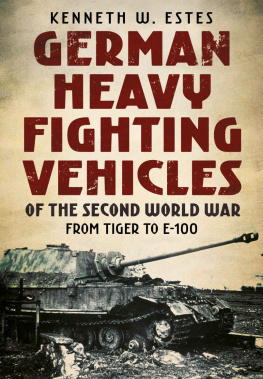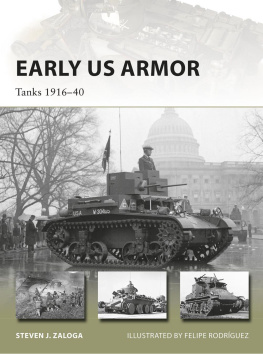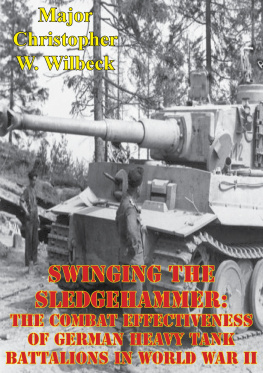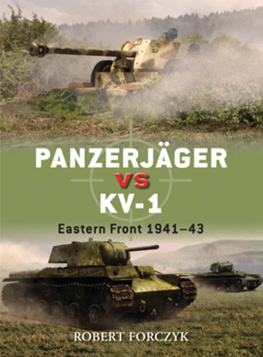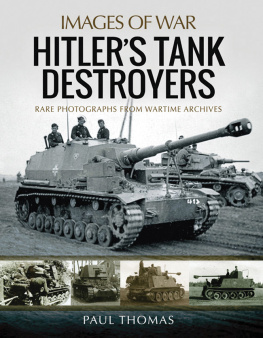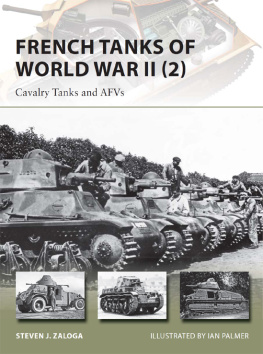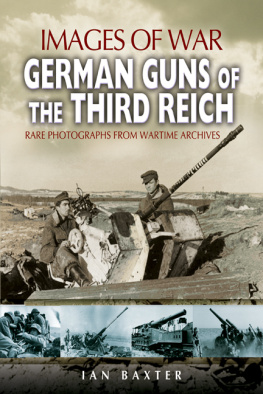

Fonthill Media Language Policy
Fonthill Media publishes in the international English language market. One language edition is published worldwide. As there are minor differences in spelling and presentation, especially with regard to American English and British English, a policy is necessary to define which form of English to use. The Fonthill Policy is to use the form of English native to the author. Kenneth W. Estes was born and educated in the United States; therefore, American English has been adopted in this publication.
Fonthill Media Limited
Fonthill Media LLC
www.fonthillmedia.com
First published in the United Kingdom and the United States of America 2018
British Library Cataloguing in Publication Data:
A catalogue record for this book is available from the British Library
Copyright Kenneth W. Estes 2018
ISBN 978-1-78155-646-7
The right of Kenneth W. Estes to be identified as the author of this work has been asserted by him in accordance with the Copyright, Designs and Patents Act 1988.
All rights reserved. No part of this publication may be reproduced, stored in a retrieval system or transmitted in any form or by any means, electronic, mechanical, photocopying, recording or otherwise, without prior permission in writing from Fonthill Media Limited
Typeset in 10pt on 13pt Sabon
Printed and bound in England
Acknowledgments
The author is indebted to many individuals and institutions. Chief of Modern Military Records section Timothy Nenninger rendered the most essential services of the US National Archives and Records Administration. David Fletcher and Stuart Wheeler shepherded me through a pleasant research visit at the Library and Tank Museum, Bovington, UK. Michael Green and Steven J. Zaloga shared their personal archives and knowledge, and also advised me over the years while this project germinated. My thanks also to Peter Mller, Mike Verrall, Katie Thompson (Bovington), Geoff Spender, and Emily Dean (Imperial War Museum Photograph Department). At the Muse Gnral Estienne, Saumur, Lt-Col. Dubois, secretary general of the Association of Friends of the Armor Museum kindly gave me permission to crawl through their operational Tiger II heavy tank and take numerous photos. Many thanks as well to fellow author Romain Cansiere and Mr. Pierre Olivier Buan for assistance at the Saumur Museum.
Contents

There is no arguing that the Tiger II was the largest tank of World War II. This is best illustrated by photographs of Saumur Museums Tiger I and Tiger II taken at identical distances on the museum floor. (R. Cansiere)


Mounting the tank is no easy matter, given the sloping frontal armor and overall height (c. 2 m) of the chassis. Once in the commanders hatch, one views the ground from over 3 m of height. Note the main gun points toward a quadruple anti-aircraft machine gun on the museum floor. We will make reference to this later. (R. Cansiere)

Looking down from the commanders hatch, we see his seat first and, below and looking forward, that of the gunner. The forward edge of the commanders cupola reveals three of its seven periscopes. At the commanders right shoulder is the protective shield isolating him from the recoil movement of the gun. Forward of the gunners seat is his manual traversing wheel; to its left, the round dial of the twelve-hour azimuth indicator, showing the position of the gun with relation to the chassis. The hand lever on the left of the manual traversing wheel is the power traverse control handle. (Authors collection)

Looking down the loaders hatch, we see the right side of the 88-mm gun breech and the auxiliary manual traversing handwheel by which the loader assisted the gunner in this task.

Looking further forward from the loaders station, we see the loaders fixed periscope, the right recoil cylinder, and the curved belt feed for the coaxial MG 34, which allowed it to be fed from a belt bag on the right, feeding over the gun to the left-hand feed tray. The button on the white box is the loaders safety. (Authors collection)

Looking aft from the commanders seat reveals the rear hatch of the turret, used for loading and removing large objects. The turret rear wall was also removable with a crane in the event the 88-mm gun had to be replaced. The hatch also served as an escape hatch, although with a full load of 88-mm rounds, the exit would remain partially blocked. The roller in the foreground served to facilitate loading and unloading. (Michael Green)

The sides of the hull overhanging the tracks were filled with 88-mm ammunition from the engine compartment firewall forward into the drivers compartment. (Authors collection)

The end view of the 88-mm gun shows the breech assembly and vertically sliding breechblock and the two recoil and recuperator cylinders. Below, one sees the motor and hydraulic traversing assembly that drove gears fitted to the turret race. (Authors collection)

Here, the recoil and recuperator cylinders are mounted on the right and left sides, respectively, on top of the gun mount, to ensure a steady and uniform force to reduce the recoil and accelerate the recovery of the gun into battery. (Authors collection)

The turret roof, seen from the loaders position, has a spent cartridge ejection port, essential for keeping the turret clear during rapid firing. (Authors collection)

Close-up of the hydraulic pump that provides power traverse for the turret. It is driven via a power take-off shaft from the engine drive shaft. (
Next page
